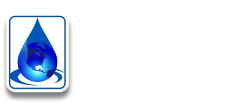SRB QUICKCHEKTM TESTING
What is QuickChekTM and how does it work?
QuickChekTM is an enzymatic assay that follows the principle of a traditional immunoassay. An immunoassay is a biochemical test that measures the presence of a particular molecule in a solution through the use of a specific antibody that will only attach to the molecule in question or “analyte”. In the case of a SRB QuickChekTM, it has been designed to detect the present of APS-Reductase, which is an enzyme that is present in most SRB species and plays a key role in their metabolism.
What are its advantages and disadvantages?
The SRB QuickChekTM is a very accurate when it comes to detecting all viable and non-viable SRB cells in a sample. It is not limited by temperature, salinity or pressure, and its interference rate is extremely low. The SRB QuickChekTM can provide results in minutes compared to other tests like bacterial growth media, or qPCR that might take up to days or weeks to get a positive result. It can also be paired with kill studies (biocide efficacy tests) in order to provide another layer of information about biocides. Its reagents are stable at room temperature for up to six months and it can also be used on solid samples.
Even though the SRB QuickChekTM provides certain advantages it also has some disadvantages. Its price is still a little bit higher than other simpler tests that might provide a similar result but in a longer period of time, so if you don’t mind waiting for a few days and prefer to save some money there are other options available. Also, the QuickChekTM is limited to SRB. MIC in the oil and gas industry can be a very complex process that involves more than just one kind of bacteria, so in order to get a better idea of the all the microorganisms involved it is important to also identify most of them and not just SRB. Despite the fact that most SRB have the APS-Reductase enzyme, there are other species where the enzyme is not active or not found, which will make them undetectable by the QuickChekTM. Finally, the detection limit of the QuickChekTM is usually around 103, and even though there are ways to make it more sensitive, like processing bigger sample, it can be limiting if there is need for a more in-depth analysis.

